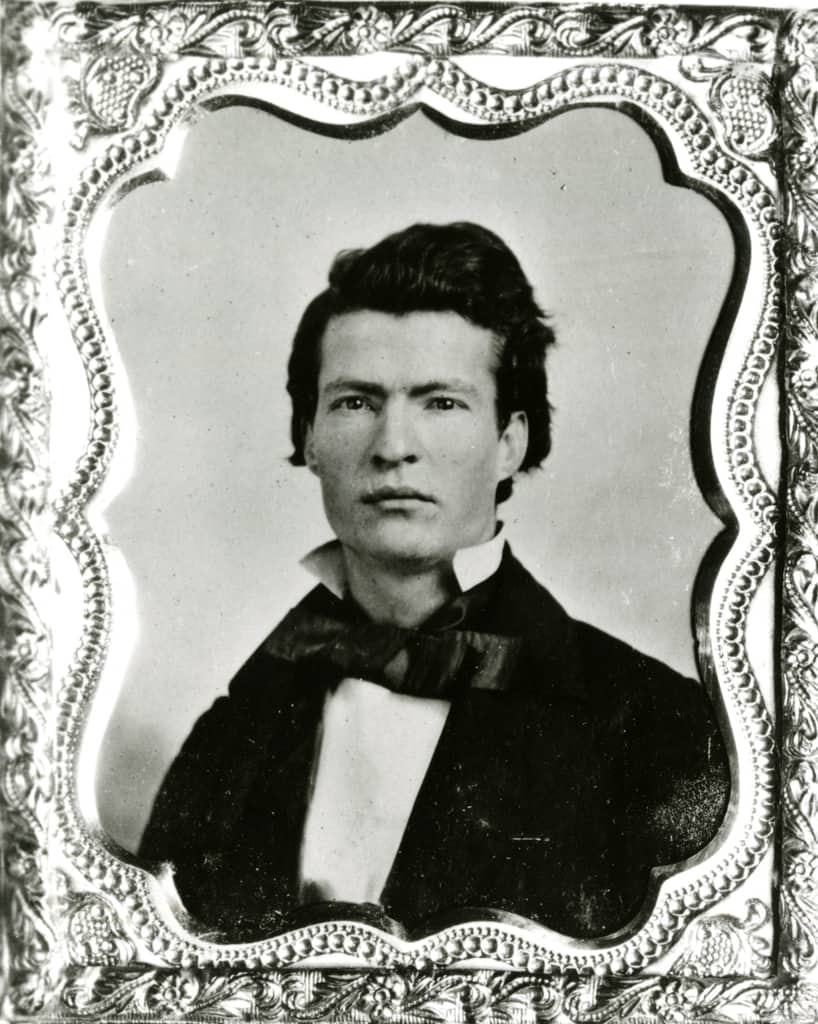By Harriet E. Smith, Associate Editor, Mark Twain Project


Samuel L. Clemens, 1851 or 1852. Reproduced from a print in the Mark Twain Papers, Bancroft Library, University of California, Berkeley.
Mark Twain (Sam Clemens) was only sixteen or seventeen years old when this photo was taken, in 1851 or 1852. At that time he had just completed his apprenticeship as a typesetter and was working for his brother’s newspaper, the Hannibal Missouri Courier. It was in that paper that he published his first known attempt at humorous writing. Entitled “A Gallant Fireman,” it pokes fun at the “printer’s devil” on the staff, whose tasks included mixing tubs of ink and fetching type.
At the fire, on Thursday morning, we were apprehensive of our own safety, (being only one door from the building on fire) and commenced arranging our material in order to remove them in case of necessity. Our gallant devil, seeing us somewhat excited, concluded he would perform a noble deed, and immediately gathered the broom, an old mallet, the wash-pan and a dirty towel, and in a fit of patriotic excitement, rushed out of the office and deposited his precious burden some ten squares off, out of danger. Being of a snailish disposition, even in his quickest moments, the fire had been extinguished during his absence. He returned in the course of an hour, nearly out of breath, and thinking he had immortalized himself, threw his giant frame in a tragic attitude, and explained, with an eloquent expression: “If that thar fire hadn’t bin put out, that’d a’ bin the greatest confirmation of the age!”
In September 1852 Clemens’s brother left him in charge of the newspaper while he traveled to Tennessee on family business. Sam published an article—illustrated with a woodcut—ridiculing a writer on a rival newspaper. The victim retaliated with his own attack, calling Clemens a “blackguard,” and a journalistic feud ensued. When Clemens’s brother returned, he brought an end to the scuffle by claiming that the joke, although “rather rough,” had been “perpetrated in a spirit of fun.” This early work demonstrates Clemens’s penchant for humorous mischief that would characterize the more mature writer, whose extraordinary gift for satire brought him international fame.
In case you missed it, read the story behind the cover of Volume 3.

